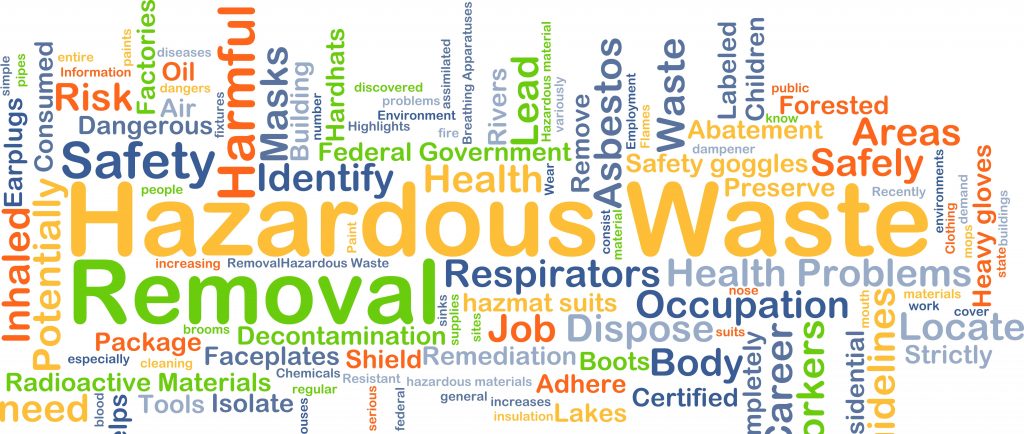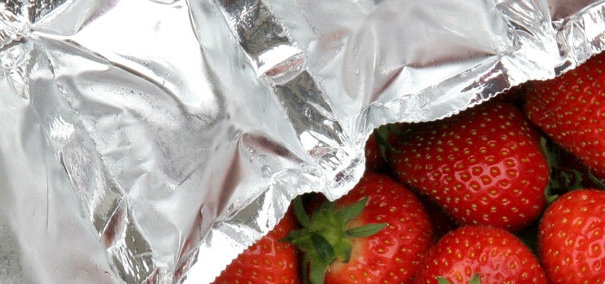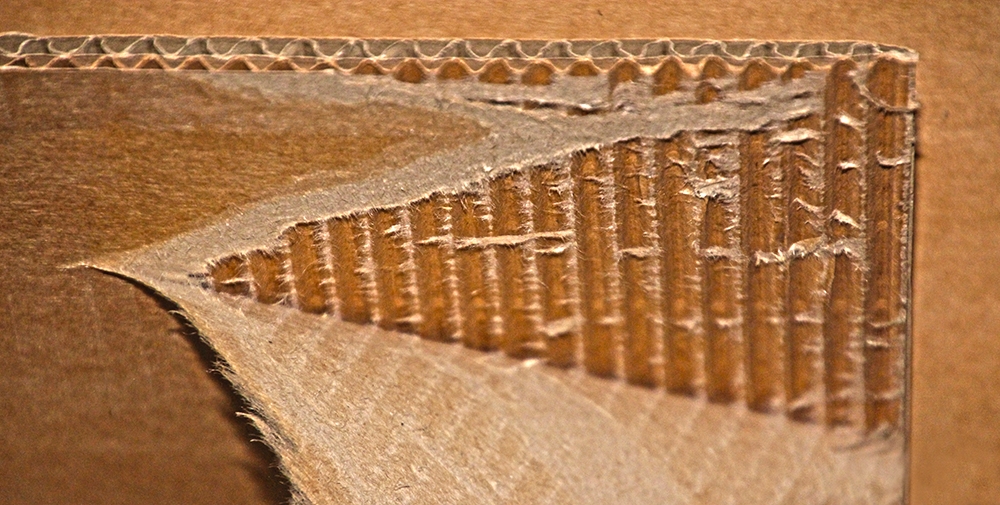New chemicals guidance for waste packaging, guidance to assist companies in meeting waste packaging obligations.

This guidance document “The assessment and classification of waste packaging” was developed by trade associations representing companies operating in the chemicals supply chain that uses packaging.
The Environment Agency, Natural Resources Wales and Scottish Environment Protection Agency have welcomed the development of this guidance and have agreed to its adoption in England, Wales and Scotland.
The document provides guidance for assessing whether packaging to be taken offsite is waste or not and if waste, whether it is waste packaging or not and whether it should be classified as hazardous or non-hazardous. It includes a method that allows for the weight of the packaging to be taken into account and is intended to be complementary to the joint environment agencies’ Technical Guidance WM3.
The guidance will also support companies in the context of resource efficiency and the concept of the circular economy.

